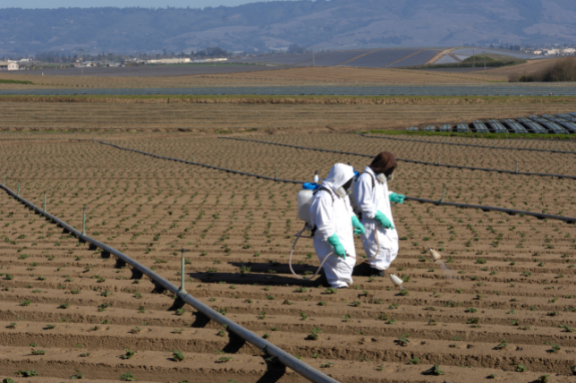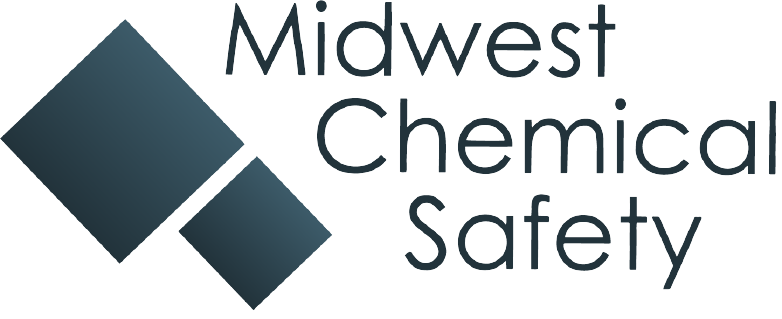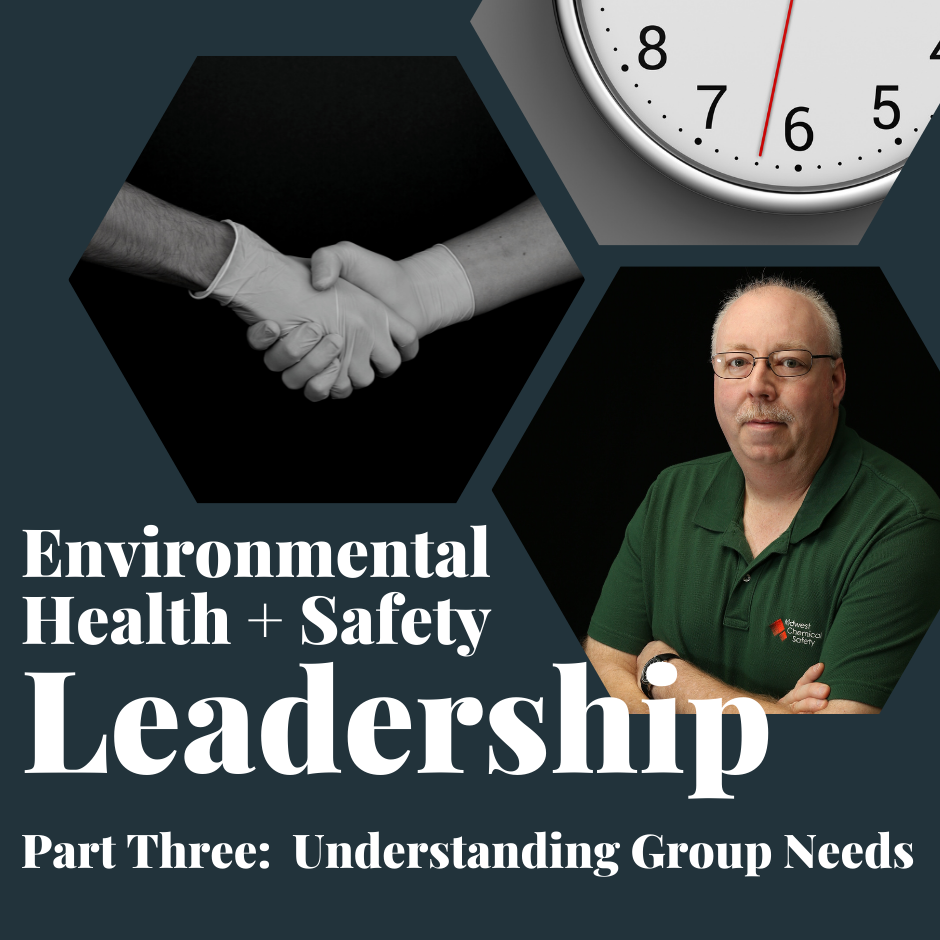This is Part Three in Midwest Chemical Safety’s series on Leadership in Environmental Health and Safety. Catch up on the series in sequential order here:
Part One: Leaders- Not Managers in EHS Leadership
Part Two: Giving Information in EHS Leadership
Forming the Group

The first leadership skill, Getting and Giving Information is an “umbrella skill’ and is used throughout team formation and action. The skills this week are used primarily for team formation and keeping working together on task. This week, we cover Understand Group Needs and Characteristics and Knowing and Understanding Group Resources, the final two skills for group formation.
Understanding Group Needs and Characteristics
Before we dive into team needs and characteristics, it is important to understand our own needs and characteristics as individuals. We have to have a clear understanding of our needs before we can begin to understand the needs of the members of our group. Always remember, the group is formed from many individuals each with their own needs.
Whenever a group comes together, group members will assess each other (through the first competency – communication). This also occurs when new people are brought into a group, such as hiring a new employee. Assessment is a natural process. However, it is the team leader’s responsibility to ensure that these informal assessments occur in an open and trusting environment and that individual differences are accepted and valued in a way that will encourage the growth of both individuals in the group and the group as a whole.
What’s My Motivation?
Somewhere in our professional education, we have all probably heard of Maslow’s Hierarchy of Needs. If you haven’t, here’s a quick read on Maslow’s theory: https://www.simplypsychology.org/maslow.html. Leaders must have a sense of where individuals are in the hierarchy of needs.. Leaders should be aware that individuals may move up or down the scale due to events in their lives. For example, a divorce may affect an individual in many areas: Physiological and safety needs, as well as psychological needs such as a sense of love/belonging and esteem. Similarly, completing a long sought-after professional certification may enhance esteem and self-actualization.
Leaders find ways to address individual’s needs within the group while fulfilling the team’s function and goals. It is a “both-and” not “either-or” situation in leadership! Leaders that demonstrate they can address the needs of individuals in the group while fulfilling the group’s tasks will earn considerable loyalty and commitment from individual members as well as recognition from senior organization leaders.
A word or two about values and norms. Personal values are those beliefs that are closely held and must be respected by everyone in the group. And while they are a standard by which individual’s attitudes are formed, they are generally not a topic for open conversation. Individual values are always in operation and cannot be ignored. Similarly, the group will also hold a set of values – and these should be made clear when the group is formed or when new people enter the group. For example, as environmental health and safety (EHS) leaders, we value the health and well-being of the employees of our organization. We also hold life-long learning as a value in our profession.
Norms are common rules or customs followed by members of the team. Sometimes these are clearly defined (i.e., in writing) and sometimes not. For example, an employer may have “flex” hours available for employees but include a set of “core” hours when meetings can be held, and everyone is expected to be available during those times. An example of an unexpressed work norm may be a dress code where “everyone” is dressed casually at the workplace, but “casually” is not well-defined. Norms develop in a team from the team members’ and team leader’s values, habits, and expectations. The 2020 COVID pandemic has substantially challenged our idea of work norms.
Knowing and Understanding Group Resources

As EHS team leaders, the resources available to us come in the “Three-Ts” – Time, Talent, and Treasure. Understanding the interaction between these three resources will help shape the team’s success (or failure). Practically, resources for the team come either from team members (“human resources” – the “time and talent” portion) and physical resources (the treasure portion).
Time
Individually, everyone gets the same 168 hours every week. Typically, 40-50 hours per week are spent “at work” or “thinking about work.” It is up to the team leader to effectively use those hours to meet team goals. Leaders need to have a method to separate urgent from the not urgent as well as important from the unimportant activities. I use a method I learned early on in my career for sorting and categorizing tasks and putting them into their proper place to achieve goals:
- Important and Urgent: These are the emergencies that threaten life, property, or the environment. These tasks are not reasonably foreseen.
- Important and not Urgent: Important, not urgent tasks are those tasks that help your team meet personal and professional goals.
- Unimportant and Urgent: Urgent, unimportant tasks are those that prevent you from achieving the team’s goals. A very common source of unimportant, urgent tasks are upper management-assigned “extra work” that is not in line or supportive of your group’s goals and objectives. Here, the leader will need to be able to say “yes” to the person but “no” to the task, or find a way to delegate/reschedule the task to keep your group on track.
- Unimportant and not Urgent: These are the time and morale sinks of the group. Avoid them or cancel them.
Talent
The team leader’s responsibility is to know and understand each team member’s individual expertise to accomplish team goals. While all team members will have some shared basic skills (for example, all may have basic skills in algebra), there will naturally be some team members with advanced skills in specific areas such as data analysis or presentation. Understanding first, then assigning tasks that are in the so-called wheelhouse of your best team members in an area will naturally lead to great results.
Growing talent within the group is at least as important as using the best talent for a task. Ask team members what their secondary interests are, and when possible, pair them up with the in-team expert. This will accomplish two things. First and foremost, it introduces redundancy and resiliency in the team as you will soon have two team members competent in a specific skill. Second, it introduces two other leader competencies: Sharing leadership and manager of Learning; both will be described in detail in a future post.
Treasure
Treasure is the physical resources available to the leader to accomplish their goals. It is also the resource that is least under the control of the leader. Within any organization, treasure is finite, and leaders are often faced with “doing more with less” year-to-year. While finite, the leaders are expected to represent the group’s needs to senior leadership and to adequately equip their team for success.
Want to take your EHS Team to “Best in Class” but don’t quite know where to start? Call Midwest Chemical Safety, LLC, 217-971-6047 or contact me by email at harry@midwestchemsafety.com See the original LinkedIn Post Here.

